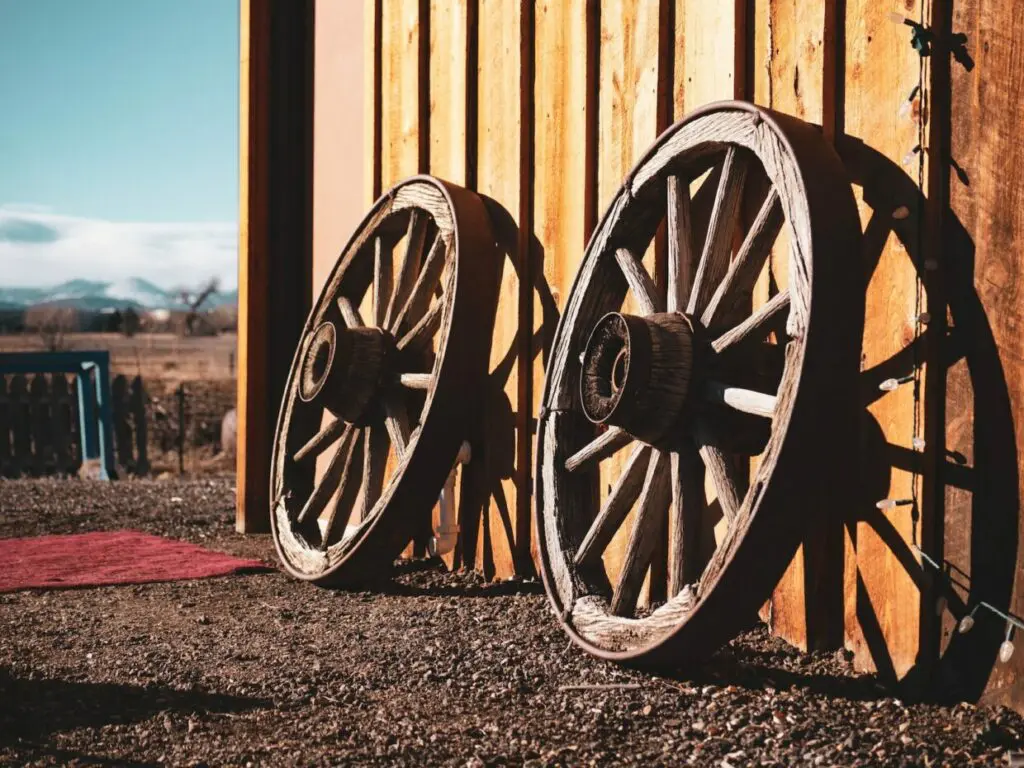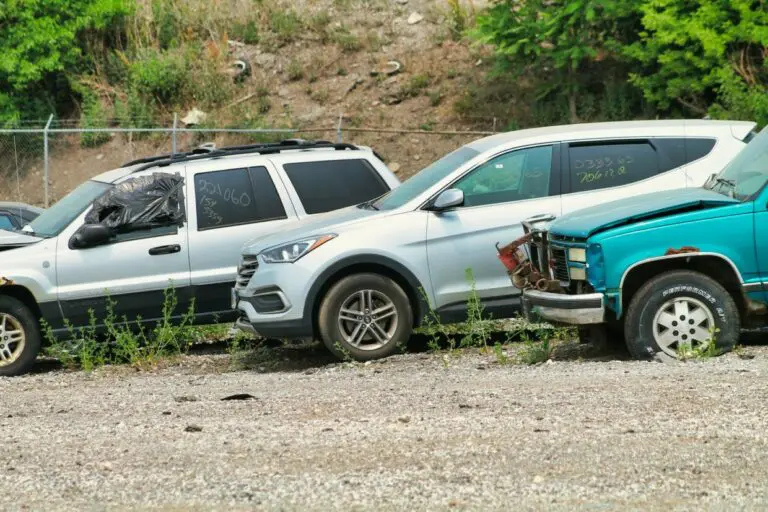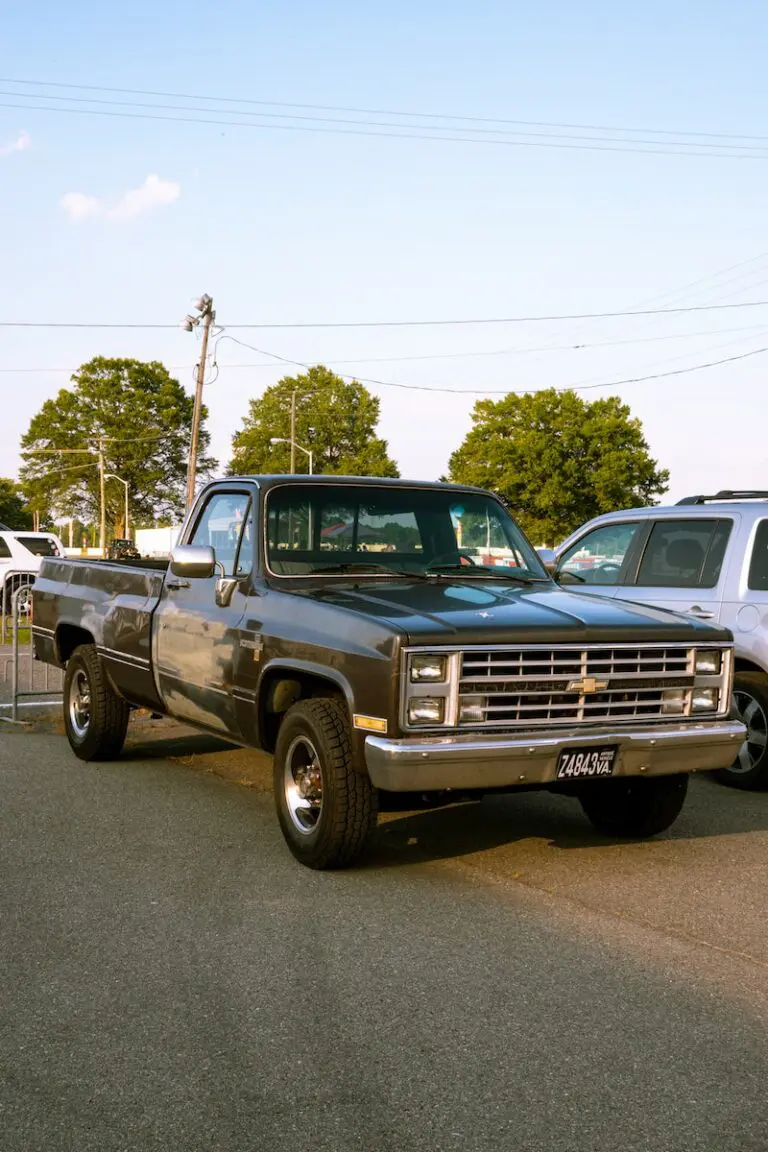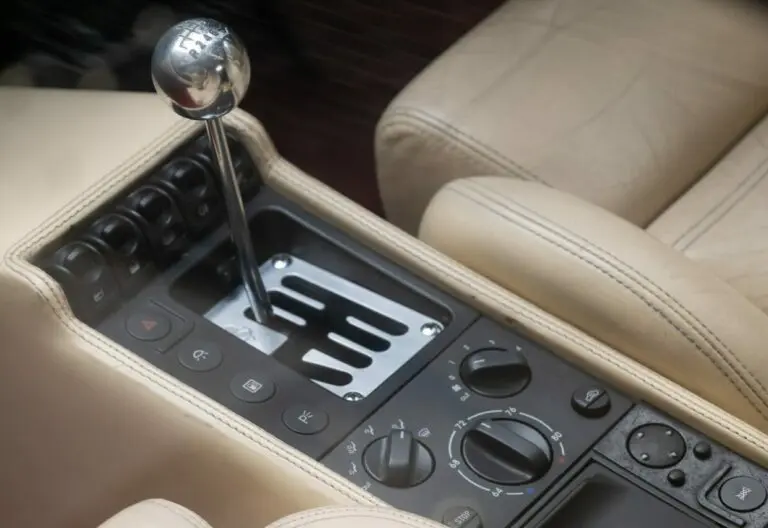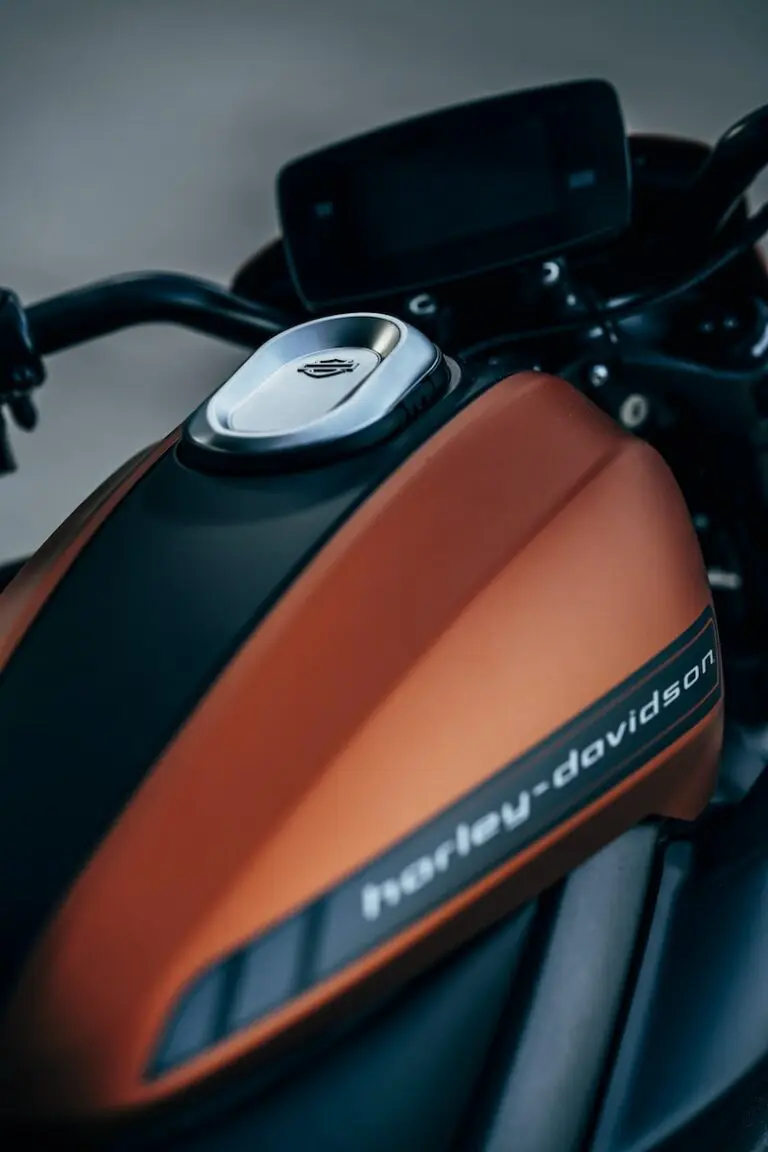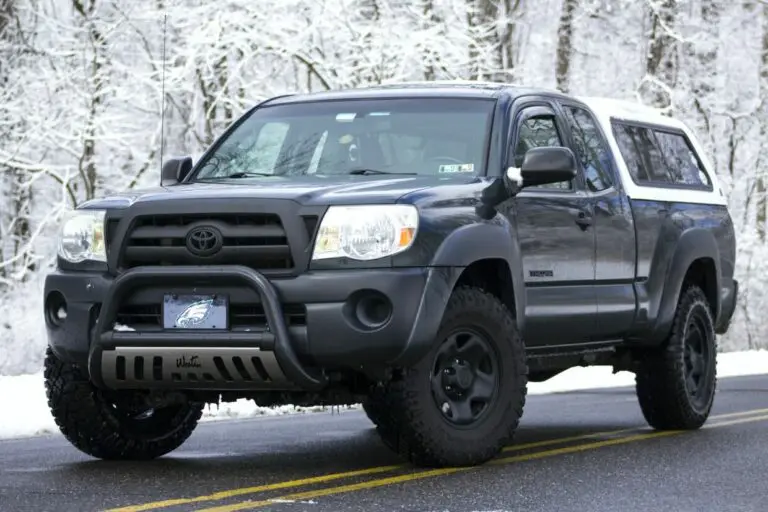When it comes to selecting the right wheel size for your bike, there are a number of factors to consider. The size of the wheel can affect the bike’s handling, weight, and overall performance. In this article, we’ll take a look at the different types of wheel sizes available, and explore the benefits and drawbacks of each. We’ll also discuss how to properly use and maintain your wheels, and provide some tips for making the right choice for your needs.
Wheel Sizes
One of the most important factors to consider when choosing a wheel size is the type of riding you’ll be doing. The three most common wheel sizes for adult bikes are 26 inches, 27.5 inches, and 29 inches.
26 Inches
The 26-inch wheel is the traditional size for adult bikes. These wheels are smaller than the other two sizes, which makes them more agile and easier to maneuver. They’re also lighter, which can be beneficial for riders who are looking for a more nimble bike.
27.5 Inches
The 27.5-inch wheel is a newer size that’s gaining popularity. These wheels are larger than 26 inches, but smaller than 29 inches, which makes them a good middle ground between the two. They offer a balance of agility and stability, and are great for riders who want a bike that can handle a variety of terrain.
29 Inches
The 29-inch wheel is the largest size available, and it’s becoming increasingly popular. These wheels offer improved stability, better traction, and a smoother ride. They’re well suited for riders who want a bike that can handle rough terrain and maintain speed over long distances.
Benefits
Each wheel size has its own unique set of benefits, and choosing the right size will depend on the type of riding you plan to do. Here are some of the main benefits of each size:
-26 inches: Agile and easy to maneuver, light weight -27.5 inches: Balance of agility and stability, suitable for a variety of terrain -29 inches: Improved stability, better traction, smoother ride, suitable for rough terrain and long distances
Precautions
While each size of wheel has its own set of benefits, it’s important to keep in mind that they also have drawbacks. Here are some things to keep in mind when choosing a wheel size:
-26 inches: Not as stable as larger wheels, can be more easily damaged by rough terrain -27.5 inches: Can feel less stable than 29-inch wheels on rough terrain, not as fast as 26-inch wheels -29 inches: Can feel less agile than smaller wheels, may be heavier and slower to accelerate
Choosing the Right Wheel Size
When it comes to choosing the right wheel size for your bike, there are a few key things to consider. Here are some tips for making the right choice:
-Consider the type of riding you’ll be doing: Will you be riding on smooth pavement, or will you be tackling rough terrain? Will you be doing a lot of climbing, or will you be mostly riding on flat surfaces? -Think about the types of rides you’ll be doing: Will you be commuting to work, or will you be taking long rides on the weekends? -Consider your skill level and experience: Are you a beginner, or an experienced rider?
Ultimately, the best way to determine the right wheel size for you is to try out different options and see which one feels the most comfortable and performs the best.
In summary, wheel size is an important consideration when buying a bike. It affects the bike’s handling, weight, and overall performance. With the common sizes of 26 inches, 27.5 inches, and 29 inches, each size has its own set of benefits and drawbacks, so it’s important to consider the type of riding you’ll be doing and your skill level when making a decision. While 26 inches are agile and easy to maneuver, they can be more easily damaged by rough terrain. 27.5 inches offer a balance of agility and stability, but may not feel as stable as 29-inch wheels on rough terrain. 29 inches offer improved stability, better traction, and a smoother ride, but can feel less agile than smaller wheels and may be heavier and slower to accelerate. Ultimately, the best way to determine the right wheel size for you is to try out different options and see which one feels the most comfortable and performs the best.

